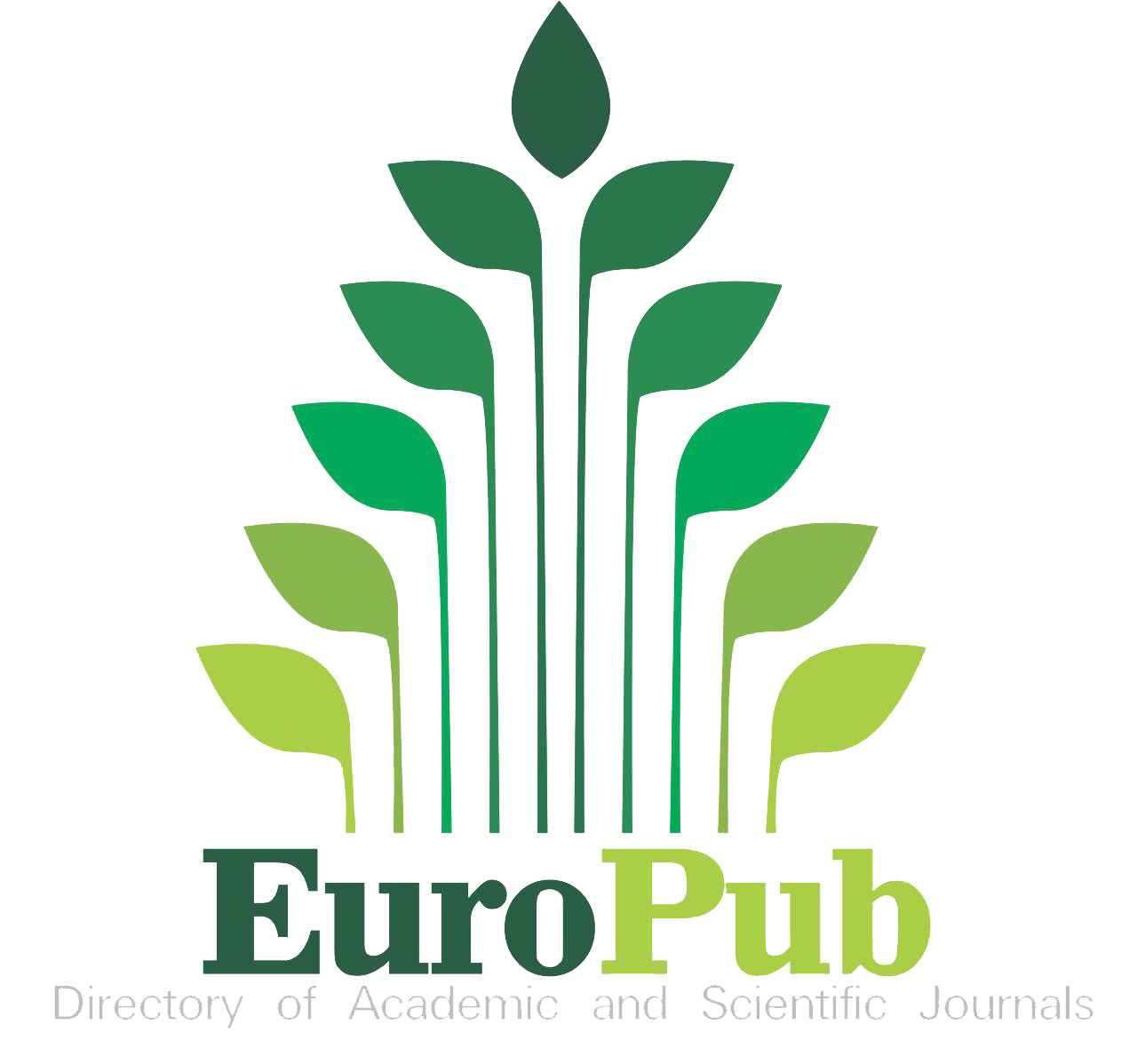Hypertextuality representation in a novel of J. Barnes: a history of the world in 10½ chapters
DOI:
https://doi.org/10.56724/ladu.v1i4.50Keywords:
extraintertextuality, hypertextuality, intertextuality, intraintertextuality, postmodernismAbstract
Background: The 21st century is marked by a drastic development of computer technology, which caused the growing interest in the hypertext. Despite the fact that it is mainly associated with the informational technology, the hypertext has also been a center of cross-disciplinary researches, as well as in the field of text linguistics.
Purpose: Hence, the present article deals with the hypertextuality phenomenon in the emotive prose.
Design and methods: By implementing the methods of comparative, structural, contextual, and intertextual analysis, the compositional and linguistic means of its representation are investigated on the basis of the novel by J. Barnes A History of the World in 10 ½ Chapters.
Results: Julian Barnes is one of the most popular contemporary British writers. He is considered a postmodernism icon, whereas an American writer and critic J. C. Oates calls him a “pre-postmodernist”. He is an author to more than 20 novels. A History of the World in 10 ½ Chapters (1989) is a novel where the author experimented with a form. The book consists of ten novellas and Parenthesis. As far as the novel is considered an icon of postmodernistic literature, the revelation of a hypertext system there makes it possible to claim hypertextuality a distinctive marker of a postmodernistic perception of the world.
Downloads
References
Auden, W. H. (1940). September 1, 1939. Another Time. New York: Random House, 112-115.
Barnes, J. (2009). A History of the World in 10 ½ Chapters. London: Vintage Books.
Chemerkin, S.G. (2009). Stylistyka hipertekstu [The Stylistics of Hypertext]. Movoznavstvo: Naukovo-teoretychnyi zhurnal – Linguistics: A Journal. Kyiv, 5, 79-87 [in Ukrainian].
Chuvilska, E.A. (2008). Gipertekst kak yavleniye situatsii postmodernisma [A Hypertext as a Post-modernistic Phenomenon] [in Russian] – Access: http://www.rusnauka.com/14_APSN_2008/Philologia/32537.doc.htm
Dedova, O.V. (2001). Lingvisticheskaya kontseptsiya giperteksta: ocnovnyye ponyatiya i terminologicheskaya paradigma [A Linguistic Approach to Hypertext: the Main Notions and Paradigm of Terms]. Vestnik Moskovskogo universiteta – A Journal of the Moscow University. Moscow, 4, 22-36 [in Russian].
Gallant, M. (1971). The Affair of Gabrielle Russier. New York: Knopf.
Genette, G. (1982). Palimpsestes: La literature au second degree. Paris.
Gorshkova, K.A., Shevchenko, N.G. (2014). K probleme giperteksta [To the Hypertext Problem].
Zhyzn yazyka v culture i sotsiume: Materialy mezhdunarodnoy nauchnoy konferentsii – Life of a language in a culture and society: The Materials of an international scientific conference. Moscow, 140-141 [in Russian].
Hartung, J., Breido, E. (1996). Gipertekst kak object lingvisticheskogo analiza [A Hypertext as an Object of Linguistic Analysis]. Vestnik Moskovskogo universiteta – A Journal of the Moscow University. Moscow, 3, 61-77 [in Russian].
Kolegayeva, I.M. (2008). Tekstovaya paradigma: mikro-, makro-, mega-, giper- i prosto tekst [A Text Paradigm: Micro-, Macro-, Mega-, Hyper- and Simple Text]. Zapysky z romano-hermanskoyi filolohiyi – The Romance-Germanic Philology Notes. Odessa, 20, 70-79 [in Russian].
Kolyasa, O.V. (2011). Konventsiinyi tekst ta hipertekst: skhozhosti ta vidminnosti [Conventional Text and Hypertext: Things in Common and Differences]. Naukovyi visnyk Pivdennoukrainskoho Natsionalnoho Pedahohichnoho Universytetu im. K.D.Ushynskoho – A Journal of the South Ukrainian National Pedagogical University named after K.D. Ushynskyi. Odessa: Astroprint, 12, 85-91 [in Ukrainian]
Kotovska, О.V. (2011). Osoblyvosti orhanizatsii hipertekstu [The Peculiarities of Organization of a Hypertext]. Visnyk Kharkivskoho Natsionalnoho universytetu im. V. N. Karazina – A Journal of Kharkiv National University named after V.N. Karasin, 936, 19-21 [in Ukrainian].
Landow, G.P. (1992). Hypertext: Convergence of Contemporary Critical Theory and Technology. London.
Larkin, Ph. (1988). An Arundel Tomb. Collected Poems. New York: Farrar, Strauss and Giroux, 4-5.
Sergiyenko, P.I. (2009). Smyslovaya svyaznost i tselnost giperteksta v angloyazychnom prostranstve [Cohesion and Continuity of the Hypertext in the English Speaking Spatial Continuum]. Vestnik Moskovskogo universiteta – A Journal of the Moscow University. Moscow, 4, 134-139 [in Russian].
Sokol, L. (2002). Hipertekst i postmodernistskyi roman [A Hypertext and a Postmodern Novel]. Slovo i chas: naukovyi zhurnal – A word and time: a journal. Kyiv, 11, 76-80 [in Ukrainian].
Tatarenko, A.L. (2011). “Hipertekst”, “Hipertekstualnist”, “Erhodychna literature”: pokhodzhenniata okremi aspekty funktsionuvannia terminiv [“Hypertext”, “Hypertextuality”, “Ergodic literature”: origin and separate aspects of the terms]. Studia slovakistica: Eliminatsiia movnykh barieriv – Studia slovakistica: The elimination of language barriers. Uzhhorod, 11, 102-115 [in Ukrainian].
Vysotska, O.E. (2008). Mova v dynamitsi zmin form komunikatsii: vid usnoho slova do hipertekstu [A Language in the Communication Dynamics: from a Spoken Word to a Hypertext]. Praktychna filosofiia: naukovyi zhurnal – Practical Philosophy: a Journal. Kyiv, 3, 135-141 [in Ukrainian]
Downloads
Published
How to Cite
Issue
Section
License
Copyright (c) 2021 Anna Shlipatska

This work is licensed under a Creative Commons Attribution 4.0 International License.
Authors who publish with this journal agree to Copyright notice.














